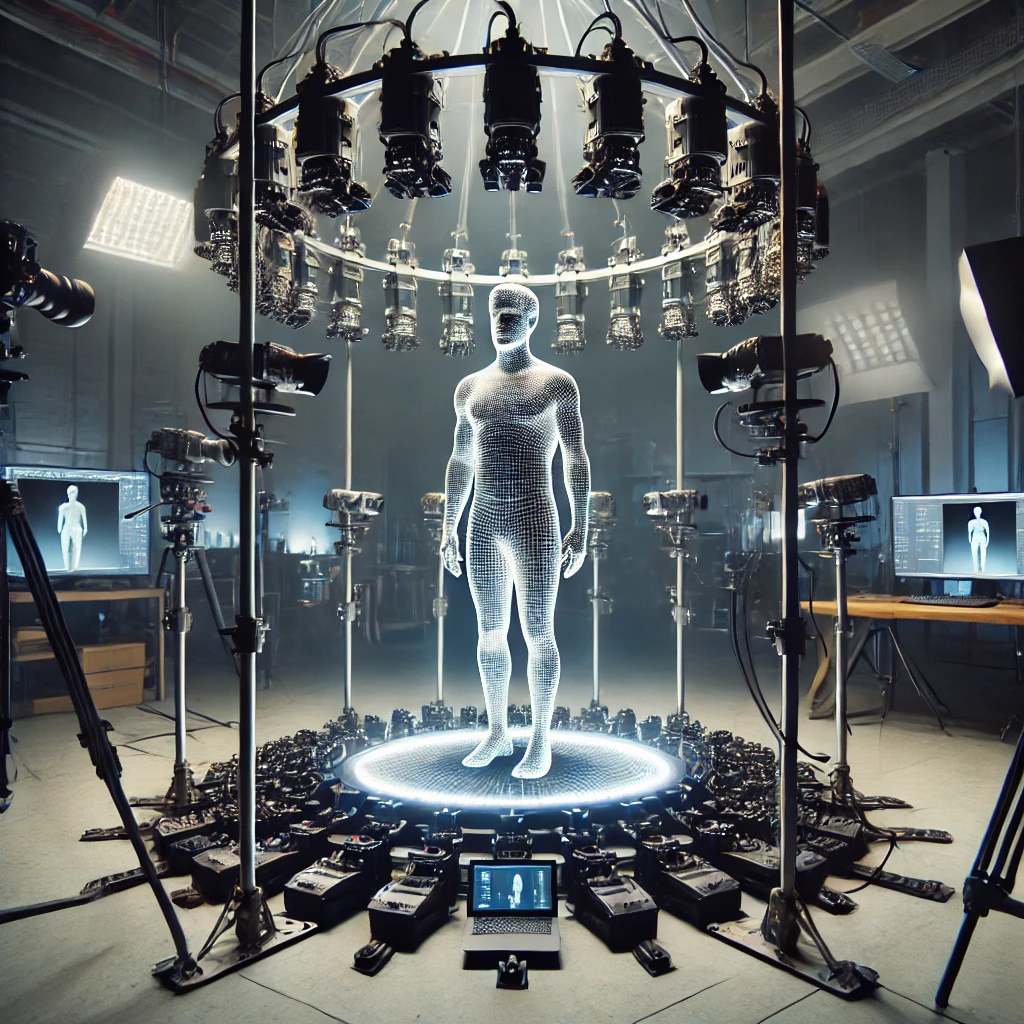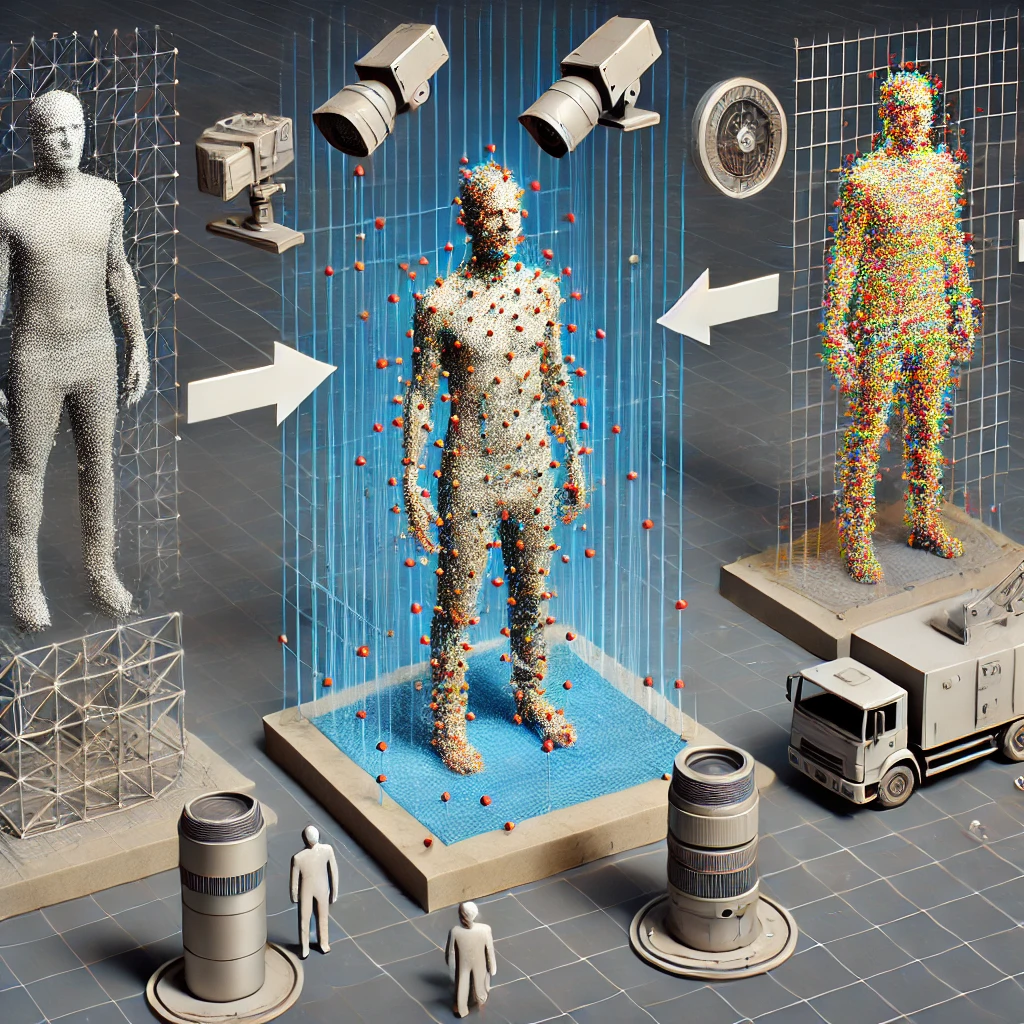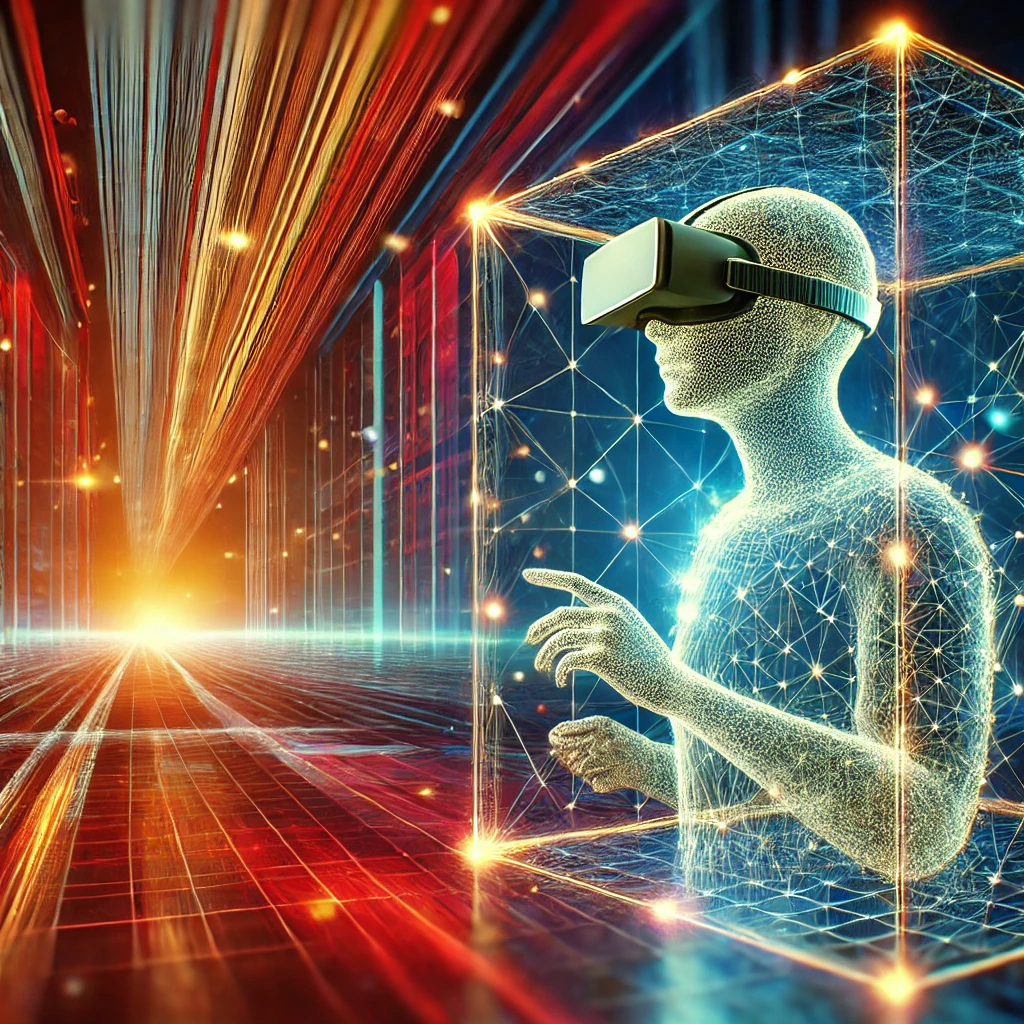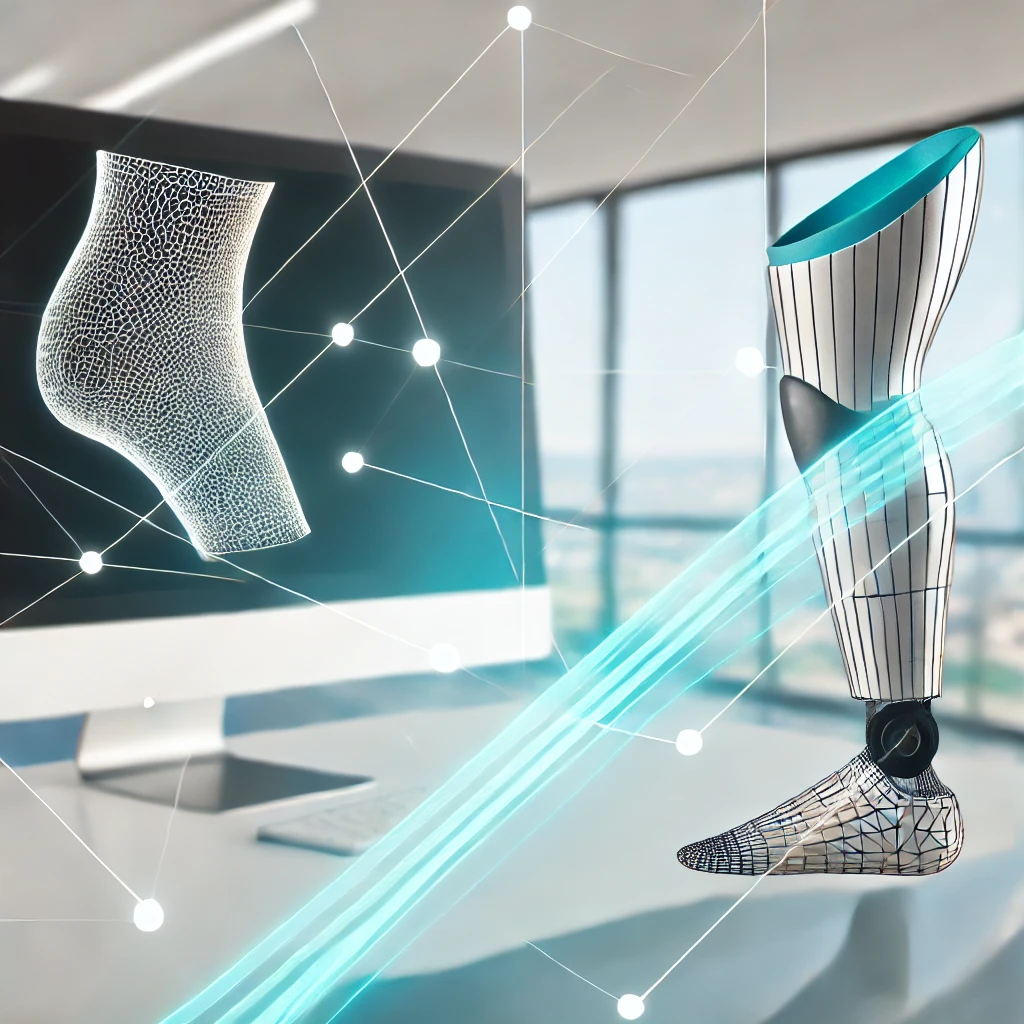Introduction
Imagine stepping into a virtual world that feels so real you can almost touch it. Whether it’s walking through a historical site, playing an ultra-realistic video game, or interacting with lifelike avatars in a virtual meeting, these experiences are becoming possible thanks to volumetric scanning. This cutting-edge technology is changing the way we create and experience digital content, making our interactions with virtual environments more immersive than ever before.
Let’s explore what volumetric scanning is, how it works, and why it’s set to revolutionize industries ranging from entertainment to education.
What is Volumetric Scanning?
Volumetric scanning is a technology that captures an object’s or environment’s full volume and texture, creating a 3D representation that can be viewed and interacted with from any angle. Unlike traditional 3D scanning, which might only capture the surface geometry, volumetric scanning goes deeper. It records everything—shape, texture, color, and even how the object interacts with light.
Think of it as the difference between a flat photograph and a hologram. With volumetric scanning, you’re not just seeing an object; you’re experiencing it in a way that feels almost real.

How Does Volumetric Scanning Work?
The process of volumetric scanning might sound complex, but it can be broken down into a few key steps:
Capturing Data
- The first step involves using a series of cameras and sensors placed around the object or person being scanned. These cameras capture images and depth data from multiple angles simultaneously. For larger environments, mobile scanning rigs or drones might be used to cover more ground.
Processing the Data
- Once the images and depth data are captured, they are fed into advanced software that stitches everything together. This software creates a detailed 3D model that includes not just the shape, but also the color and texture of the object. The result is a highly realistic digital twin of the real-world subject.
Rendering the Model
- The final step is rendering the 3D model in a virtual environment. This can be done for various applications, including virtual reality (VR), augmented reality (AR), gaming, or even film production. The key here is that the model can be viewed from any angle, making the experience truly immersive.
Applications of Volumetric Scanning
Volumetric scanning is already making waves across multiple industries. Here’s a glimpse of where you might encounter this technology:
Entertainment and Gaming: One of the most exciting uses of volumetric scanning is in the entertainment industry. Imagine playing a video game where the characters are so lifelike that you feel like you’re interacting with real people. Volumetric scanning allows for the creation of hyper-realistic avatars and environments, making games and movies more immersive than ever.
Virtual Reality (VR) and Augmented Reality (AR): In VR and AR, volumetric scanning takes the experience to the next level. Whether it’s a virtual tour of a museum or an interactive educational tool, the ability to explore 3D spaces that look and feel real adds a new dimension to these experiences.
Healthcare: In the medical field, volumetric scanning is used to create detailed 3D models of patients’ organs and tissues. This helps doctors plan surgeries with greater precision and even allows for the creation of custom prosthetics that fit perfectly.
Education and Training: Volumetric scanning is being used to create realistic simulations for training purposes. For example, pilots can train in virtual cockpits that mimic real-world conditions, or medical students can practice surgery on 3D models of human anatomy.
The Future of Volumetric Scanning
The future of volumetric scanning is incredibly promising. As the technology becomes more advanced and accessible, we can expect to see it integrated into even more aspects of our lives. From more realistic virtual meetings to personalized shopping experiences in AR, the possibilities are endless.
One of the most exciting developments on the horizon is the potential for real-time volumetric scanning. This would allow for live events, like concerts or sports games, to be broadcast in 3D, letting viewers feel like they’re actually there, experiencing the action from any angle they choose.

Conclusion
Volumetric scanning is more than just a cool new technology – it’s a game-changer. By capturing the full depth and detail of objects and environments, it’s paving the way for the next generation of immersive experiences. Whether you’re a gamer, a movie buff, or just curious about the latest tech trends, keep an eye on volumetric scanning – it’s set to revolutionize the way we interact with digital content.





